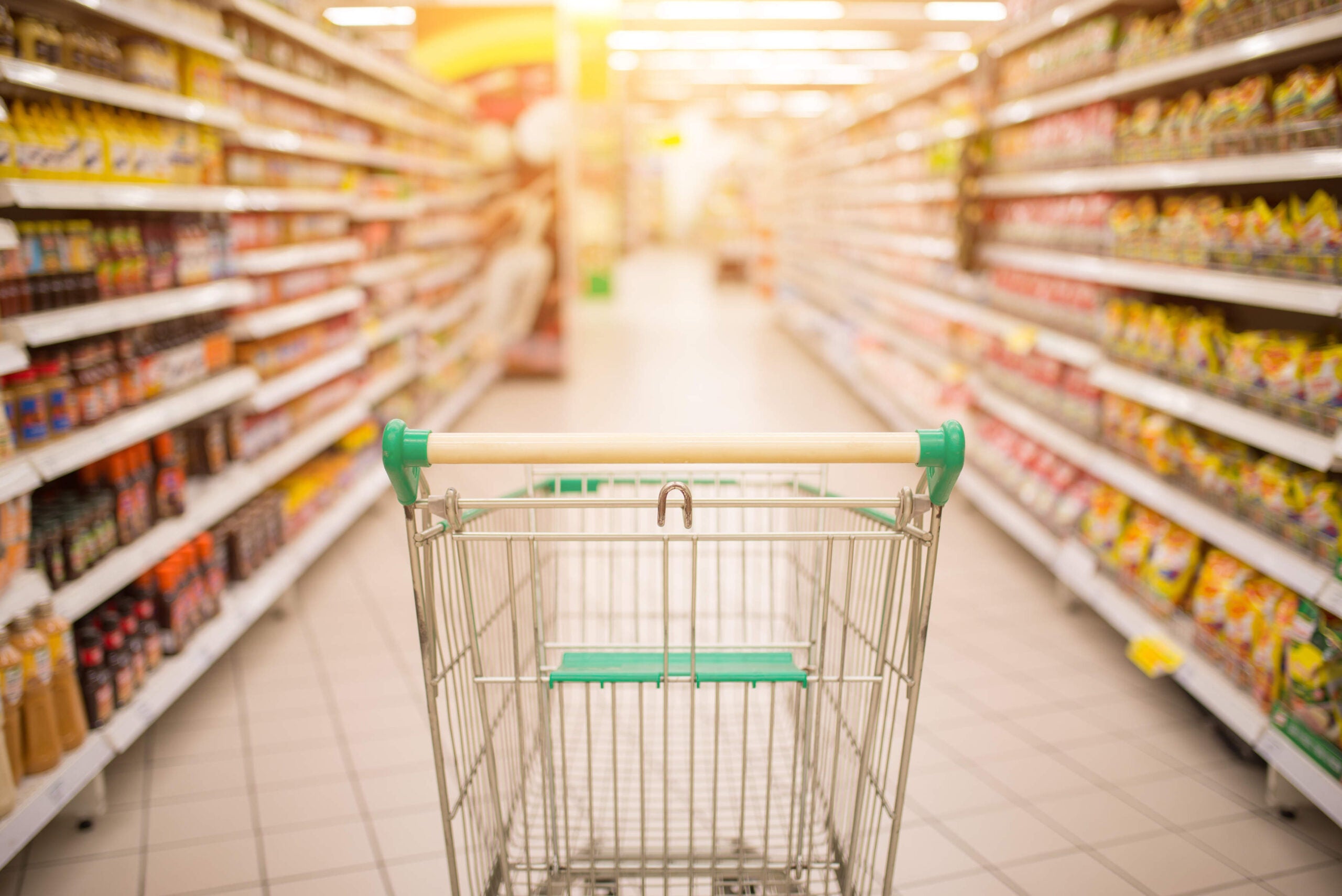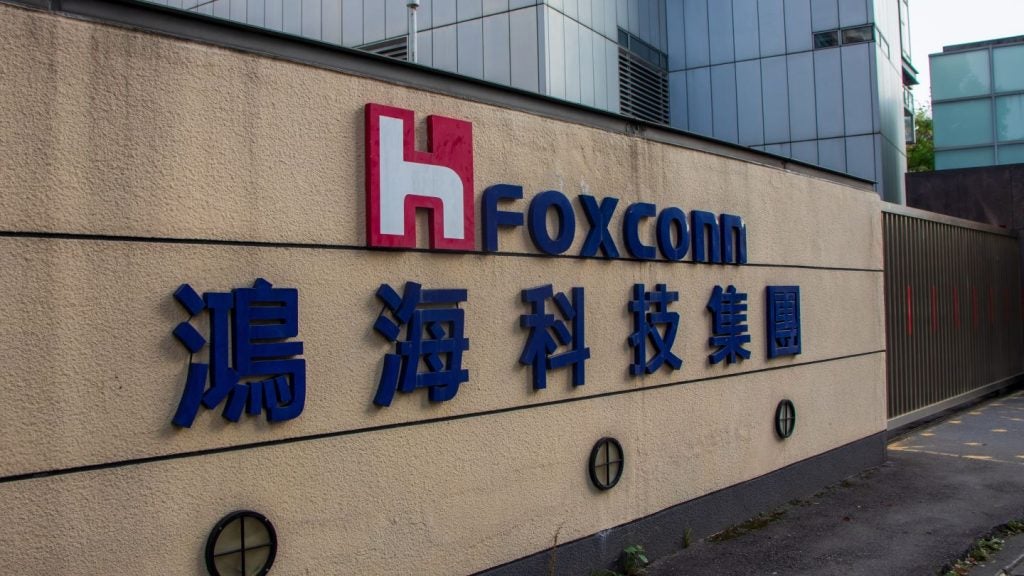The UK’s biggest grocers have been among the poster boys for a bumper festive season, but what does their success really say about the state of the grocery sector and what lies in store for 2017?
Having endured a protracted period of like-for-like sales declines, the Sainsbury’s board will be toasting the New Year with some renewed optimism, following a Christmas period that surpassed expectations.
Retailers are generally lauded when they perform unexpectedly well, but in the wake of Morrisons’ surprisingly robust 2.9 percent Christmas sales growth and a jubilant Malcolm Walker, raising an expletive laden cheer at what appears to have been very strong festive trading at Iceland, Sainsbury’s numbers smack more of a grocery market that has been more buoyant this Christmas than many had anticipated.
Perhaps the resurgence of the Big Four, supported by a remarkable turnaround in Morrisons’ fortunes under Dave Potts and a spirited fightback at Tesco, is a sign that the mainstream grocery players are finally stemming the tide of the discounters?
Well, that is a conclusion that is difficult to support given a record Christmas at Aldi, where a 15 percent sales increase over December is beyond the wildest dreams of the major grocers.
Trust and fairness are words that keep emanating from Sainsbury’s HQ, as, like a straying spouse, it continues to try and address the damage done by years of confusing multi-buy promotions and stem what is perceived to be the root cause of consumer desertion in favour of the discounters — their more clear cut value.
How well do you really know your competitors?
Access the most comprehensive Company Profiles on the market, powered by GlobalData. Save hours of research. Gain competitive edge.

Thank you!
Your download email will arrive shortly
Not ready to buy yet? Download a free sample
We are confident about the unique quality of our Company Profiles. However, we want you to make the most beneficial decision for your business, so we offer a free sample that you can download by submitting the below form
By GlobalDataThe trouble is that Tesco recognise this too and their trading updates are just as replete with statements about restoring trust, largely by simplifying pricing and addressing media attention over ethical concerns, such as trust in the supply chain and food waste.
So apart from a promise that it can change its ways, what is there to differentiate Sainsbury’s from the competition?
Well, the Cognac-laced Christmas pudding repeated its success of last year for one, and Sainsbury’s premium ranges appear to have hit the right note over a Christmas during which grocery shoppers across the board seem to have shown a willingness to splash out.
Its approach to channels is something that Sainsbury’s really does do well, reflected in strong performances from online and convenience, while the Argos integration looks to have got off to a promising start (though 3 percent growth in Sainsbury’s general merchandise, despite a 10 percent increase in clothing, suggests Argos may be cannibalising some of its sales).
While Sainsbury’s more buoyant numbers should be qualified by the context of widespread festive cheer in the grocery market, turnarounds do not generally happen overnight and the signs are there that it is beginning to hit the right notes again.
The challenge will be to continue to emphasise its points of difference, but with Argos on board, it may just have found its trump card.
Over at Tesco, Dave Lewis’s pragmatic approach to steering the grocery juggernaut out of choppy waters looks more assured with each passing update. The numbers from third quarter and Christmas trading are hardly spectacular, but they represent a further positive step in the steady progress the ex-Unilever boss has made since taking charge.
Simplifying the offer has been at the heart of Tesco’s turnaround strategy
On a broader level, this has resulted in the dismantling of the Phil Clarke legacy: Lewis pulled no punches in trimming the fat from Tesco’s balance sheet, with the sales of Giraffe, Blinkbox, Euphorium and HomePlus. At its heart though, it is about delivering an improved experience for the people that can make the difference for Tesco: staff and customers.
Poor product availability and customer service had been issues plaguing the troubled Tesco of old, so store ordering systems have been improved, stock is now replenished earlier on in the day and deliveries to large stores are now more likely to arrive on time. What’s more, this year Tesco recruited an extra 15,000 seasonal staff to assist over the Christmas period, up from 4,000 last year, making for a smoother process for customers in-store.
While these changes are not revolutionary, they have been critical in re-shaping Tesco. Time and again, Lewis has displayed an unflinching willingness to make the tough calls – witness the highly public standoff with Unilever over supplier pricing in the wake of the weaker pound and the recent announcement that 1,000 staff are to be made redundant in its distribution network, again to “run its business more simply and in a way that best serves customers”.
There may be similarities in the language used by Tesco and Sainsbury’s when discussing their approach to turning around their respective businesses, but their overarching strategy has seen them move in opposite directions.
On the one hand, Sainsbury’s is banking on the twin strengths of grocery and a greatly enhanced, non-food, multi-channel offer to give it the edge, while on the other, Tesco is betting big that a leaner business more focused on grocery, is the way to cement its position as the dominant force in the sector. The end result though, is only likely to bring the pair into even closer competition, as Sainsbury’s non-food proposition can now more than hold its own against Tesco’s.
For the time being, Tesco continues to outperform its rival in grocery, but the early signs from the Argos integration are promising and as a more complete grocery and non-food business, Sainsbury’s Argos now represents much more of a threat to Tesco’s supremacy going forward.
This is only underlined by the one major blot on Tesco’s copybook this Christmas, with general merchandise sales flagging, especially online. Tesco was quick to pinpoint the decision not to repeat last year’s Clubcard Boost promotion as the reason for this, but it seems likely that competition from Sainsbury’s Argos played its part.
Though the numbers emanating from both Tesco and Sainsbury’s are left in the shade by the festive performances of Aldi, Lidl and a resurgent Morrisons, both can take considerable heart from what appears to have been a very strong end to the year in grocery.
For the time being, Sainsbury’s and Tesco can revel in some welcome post-festive cheer to kick-off the New Year, but with tougher times predicted to be just around the corner, the battle lines for 2017 and beyond are already being drawn.








Related Company Profiles
Aldi Inc
Tesco Plc